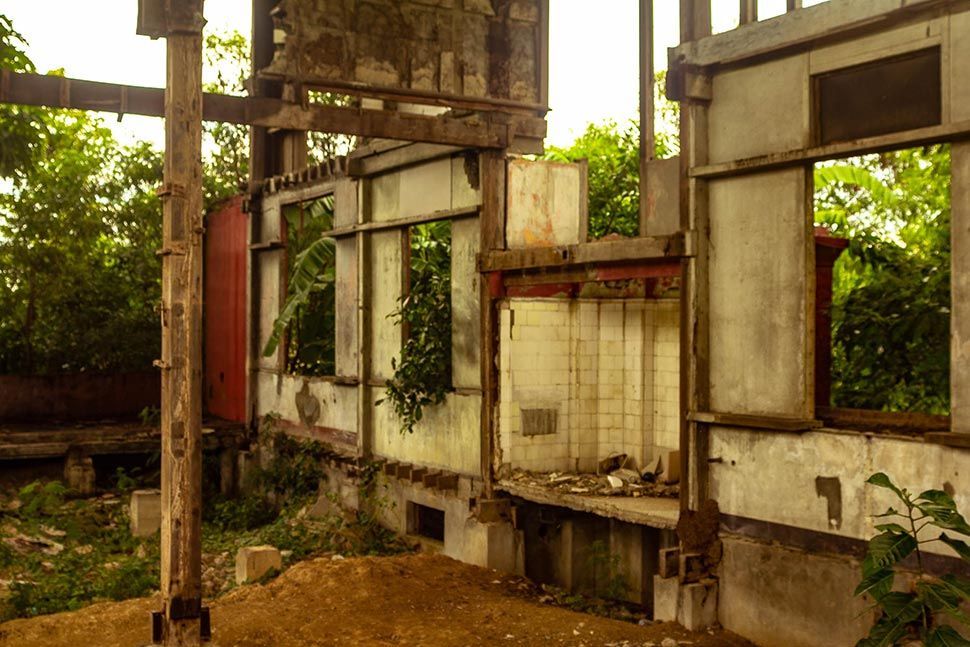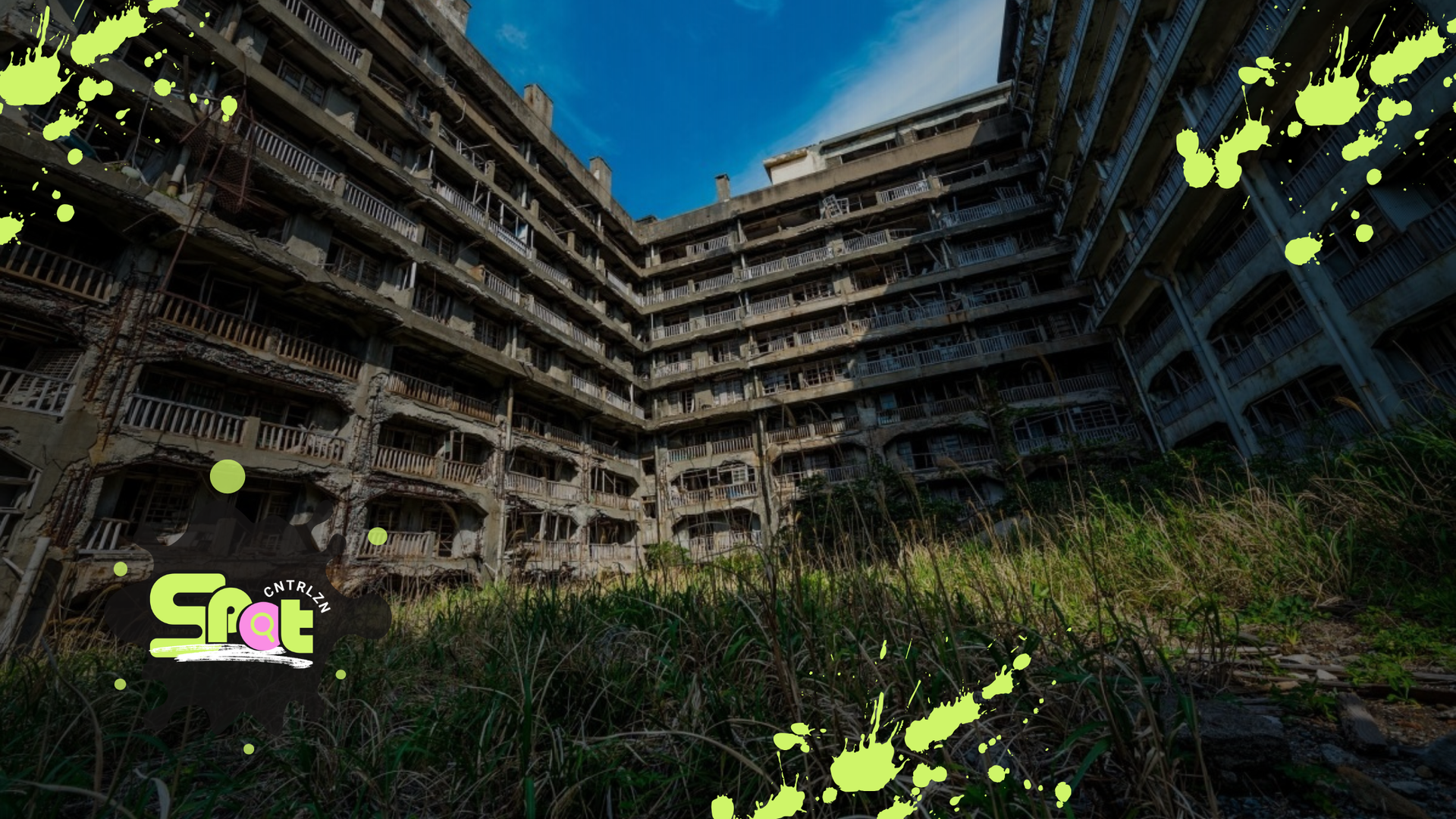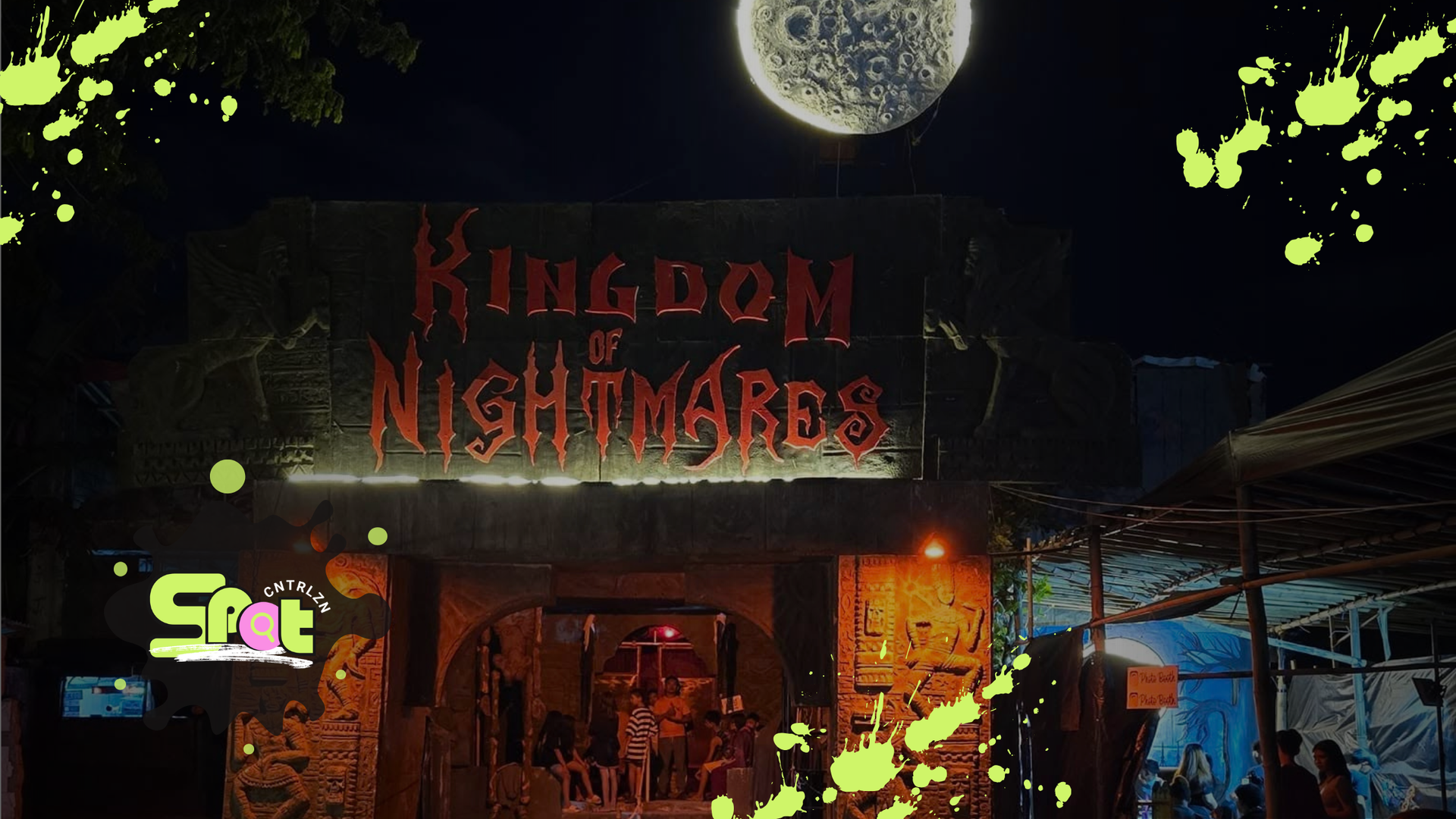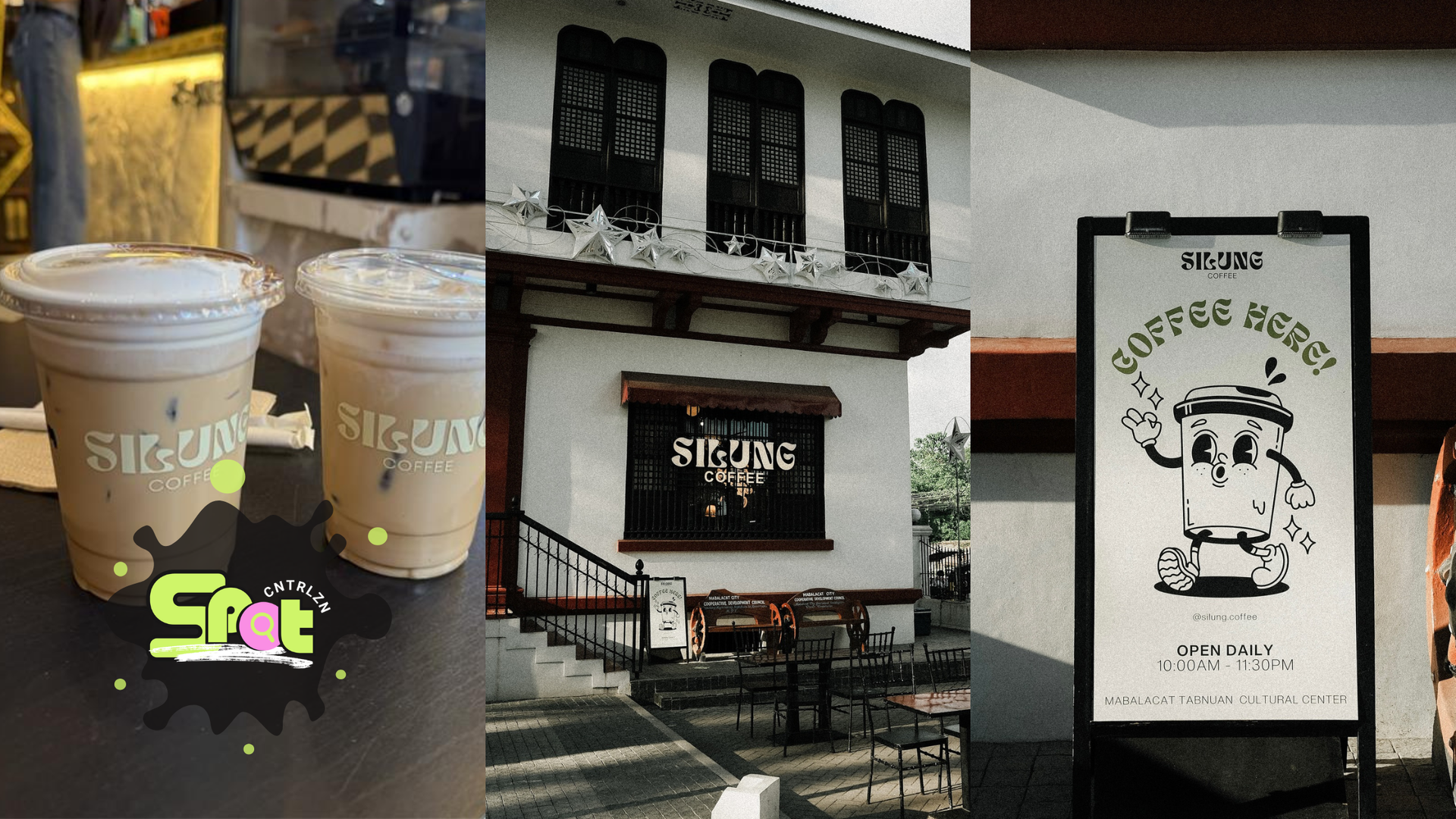SPOTTED IN BULACAN:
The Haunted Secrets of Bahay na Pula

If you ever find yourself driving through San Ildefonso, Bulacan, you might notice a crimson mansion standing quietly by the road, aged, eerie, and unsettlingly still. Locals call it Bahay na Pula, and for decades, people have whispered that it’s haunted by more than just memories.
A House That Saw It All
Built in 1929 by the Ilusorio family, Bahay na Pula was once a symbol of elegance and pride. Its striking red walls stood out against the greenery, until war changed everything.
During World War II, the house was seized by Japanese soldiers and turned into a garrison. Locals tell stories of women taken from nearby towns, never to return. Their suffering turned this once-beautiful home into one of Bulacan’s darkest historical sites.
When History Refuses to Rest
Today, the house still stands, weathered, quiet, and heavy with atmosphere. Those who visit swear they can feel eyes watching from the windows, hear faint cries from the halls, or smell the faint scent of old wood and candle wax.
Whether these are tricks of the imagination or something more, no one really knows. But everyone agrees: Bahay na Pula feels alive, even in its silence.

Over the years, this haunting landmark has appeared in horror TV shows like Oka Tokat and documentaries exploring Philippine ghost stories. Yet, beyond the supernatural tales lies the real reason it haunts us, its history.
Bahay na Pula is a monument to strength and remembrance. The stories of the women who suffered here remind us that even in darkness, truth must be remembered.
Visiting the Red House
If you plan a trip to Bulacan, stop by San Ildefonso and see Bahay na Pula for yourself. You don’t need to go inside to feel its presence, standing near its gates is enough to understand why it has become one of the most talked-about haunted places in Central Luzon.










